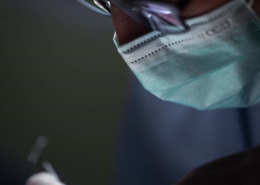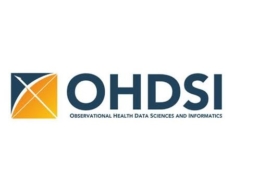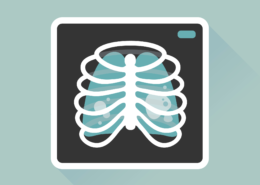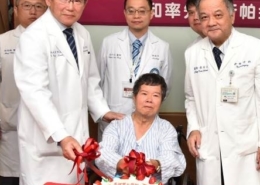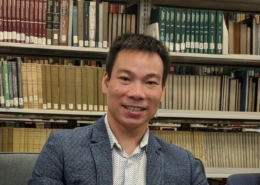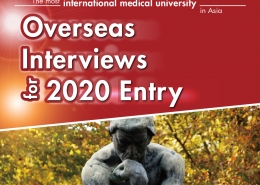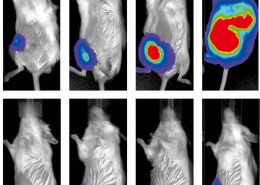The F.A.S.T mnemonic: identifying stroke and grasping the golden treatment window
Source: Shuang Ho Hospital
Published on 2022-01-26
The latest statistics from the Ministry of Health and Welfare show that cerebrovascular disease is the fourth leading cause of death among the people of Taiwan, and the disabilities following the stroke are the main cause of adult disability. The fight against stroke is a race against time. The sooner the blood vessel is opened, the more brain cells can be saved, and subsequent damage to the brain can be reduced, allowing better capacity for rehabilitation.
Patients who have had a stroke are 9 times more likely to have another. If the risk factors can be controlled, the rate of secondary strokes can be reduced by 20% to 30%. It is necessary to strictly control blood sugar, blood pressure, and cholesterol, measure blood pressure regularly, take medication according to prescription, and follow-up on clinic visits. Those who have had a stroke should pay attention to risk factors such as high blood pressure, high blood sugar, high blood lipid, insufficient exercise, smoking, and obesity to avoid another stroke.
Remember the mnemonic “FAST” to grasp the “Golden 3 Hours of Acute Stroke Rescue”:
- F (FACE): The face is drooped on one side. Ask the patient to smile or observe the patient’s facial expression to see if both sides of the face are symmetrical.
- A (ARM): One of the arms is limp. Ask the patient to raise both hands straight out and observe whether one of the hands is hanging weakly.
- S (SPEECH): Slurred speech. Ask the patient to read a sentence and observe whether his speech is clear and complete.
- T (TIME): Record the time and quickly call for help. In case of one of the above three symptoms, clearly record the time of onset and immediately send the patient to a hospital to gain treatment time.
Stroke patients should pay special attention to strict control of high blood pressure, high blood sugar, and high blood lipid, and regularly take their medication, keep their follow-up clinic appointments, and measure their blood pressure to prevent a recurrence.









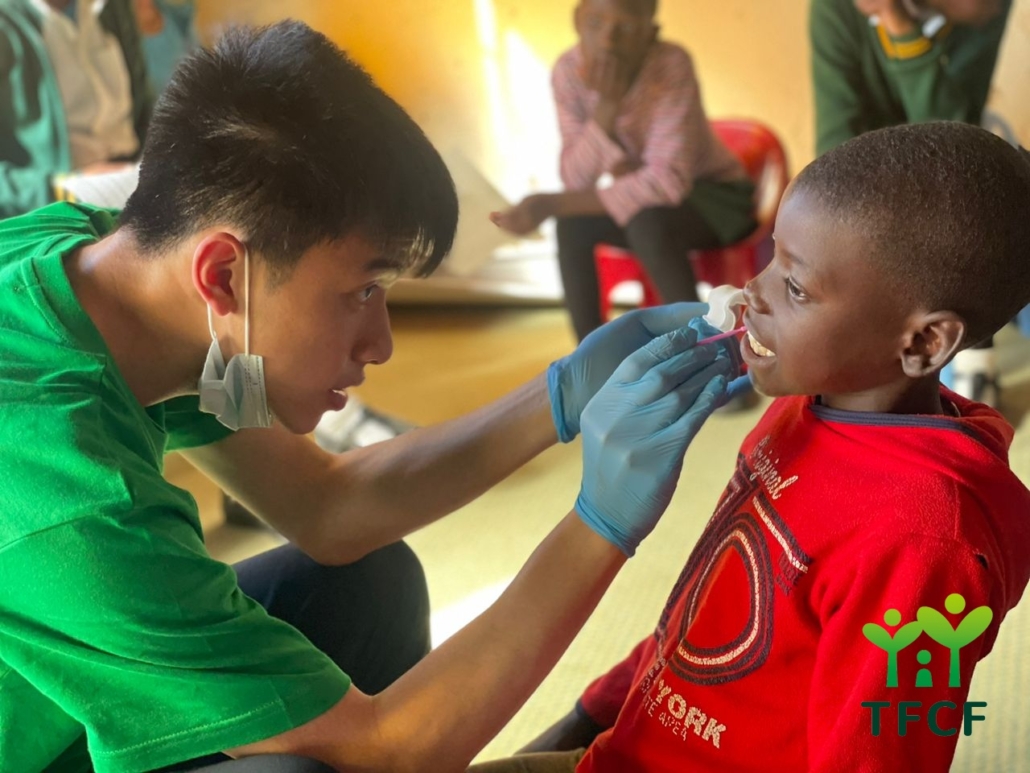














-260x185.jpg)

















































與連江縣衛生福利局陳美金局長簽署醫療合作備忘錄-260x185.jpg)

















期許永續發展成為醫療產業新契機。-260x185.jpg)































































































































































